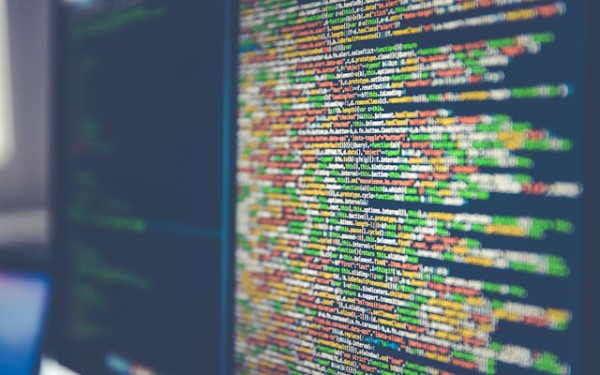 Protecting Non-Human Identities: Why Workload MFA and Dynamic Identity Matter Now Protecting Non-Human Identities: Why Workload MFA and Dynamic Identity Matter Now Sep 16th 2025, 15:00 by Surya Avirneni We've normalized multi-factor authentication (MFA) for human users. In any secure environment, we expect login workflows to require more than just a password — something you know, something you have, and sometimes something you are. This layered approach is now foundational to protecting human identities. But today, the majority of interactions in our infrastructure aren't human-driven. They're initiated by non-human entities — services, microservices, containerized workloads, serverless functions, background jobs, and AI agents. Despite this shift, most of these systems still authenticate using a single factor: a secret. |  Automating RCA and Decision Support Using AI Agents Automating RCA and Decision Support Using AI Agents Sep 16th 2025, 14:00 by Ishita Choudhary With the AI boom over the past couple of years, almost every business is trying to innovate and automate its internal business processes or front-end consumer experiences. Traditional business intelligence tools require manual intervention for querying and interpreting data, leading to inefficiencies. AI agents are changing this paradigm by automating data analysis, delivering prescriptive insights, and even taking autonomous actions based on real-time data. Obviously, it is the humans who set the goals, but it is an AI agent that autonomously decides on the best action to perform these goals. |  How TBMQ Uses Redis for Persistent Message Storage How TBMQ Uses Redis for Persistent Message Storage Sep 16th 2025, 13:00 by Dmytro Shvaika , Dima Landiak TBMQ was primarily designed to aggregate data from IoT devices and reliably deliver it to backend applications. Applications subscribe to data from tens or even hundreds of thousands of devices and require reliable message delivery. Additionally, applications often experience periods of downtime due to system maintenance, upgrades, failover scenarios, or temporary network disruptions. IoT devices typically publish data frequently but subscribe to relatively few topics or updates. To address these differences, TBMQ classifies MQTT clients as either application clients or standard IoT devices. Application clients are always persistent and rely on Kafka for session persistence and message delivery. In contrast, standard IoT devices — referred to as DEVICE clients in TBMQ — can be configured as persistent depending on the use case. |  Geometric Deep Learning: AI Beyond Text and Images Geometric Deep Learning: AI Beyond Text and Images Sep 16th 2025, 12:00 by Kevin Vu While traditional deep learning techniques have excelled at handling structured data like images and text, they often struggle when faced with irregular, complex data like molecules and networks of data. Geometric deep learning (GDL) is a machine learning methodology suitable for solving problems with irregular and complex data. What Is Geometric Deep Learning? Geometric deep learning extends traditional deep learning approaches to handle non-Euclidean data, data that doesn't fit into regular grid-like or fixed structures like images or text. Geometric deep learning focuses on understanding relationships between data points, regardless of their spatial arrangement. This makes it particularly powerful for analyzing complex structures like molecular compounds, social networks, and meshes, where the connections between elements matter more than their specific locations. |  Super Massively Distributed Systems Super Massively Distributed Systems Sep 16th 2025, 11:00 by Thomas Hansen With a message broker, you can transmit JSON dynamically to different clients, resulting in "an event-driven architecture." The problem with this approach is that the creator of each individual "service" in this network mesh needs to anticipate the usage requirements of all future potential clients, for an infinite amount of possible questions, for an infinite amount of time. This is the equivalent of anticipating every possible answer to every imaginable question that can be phrased using computer languages, and creating a pre-computed list of potential answers. This is not only awkward and sub-optimal, but also impossible, resulting in the internet as a whole becoming a trillion times "dumber" than it needs to be. | |
Comments
Post a Comment